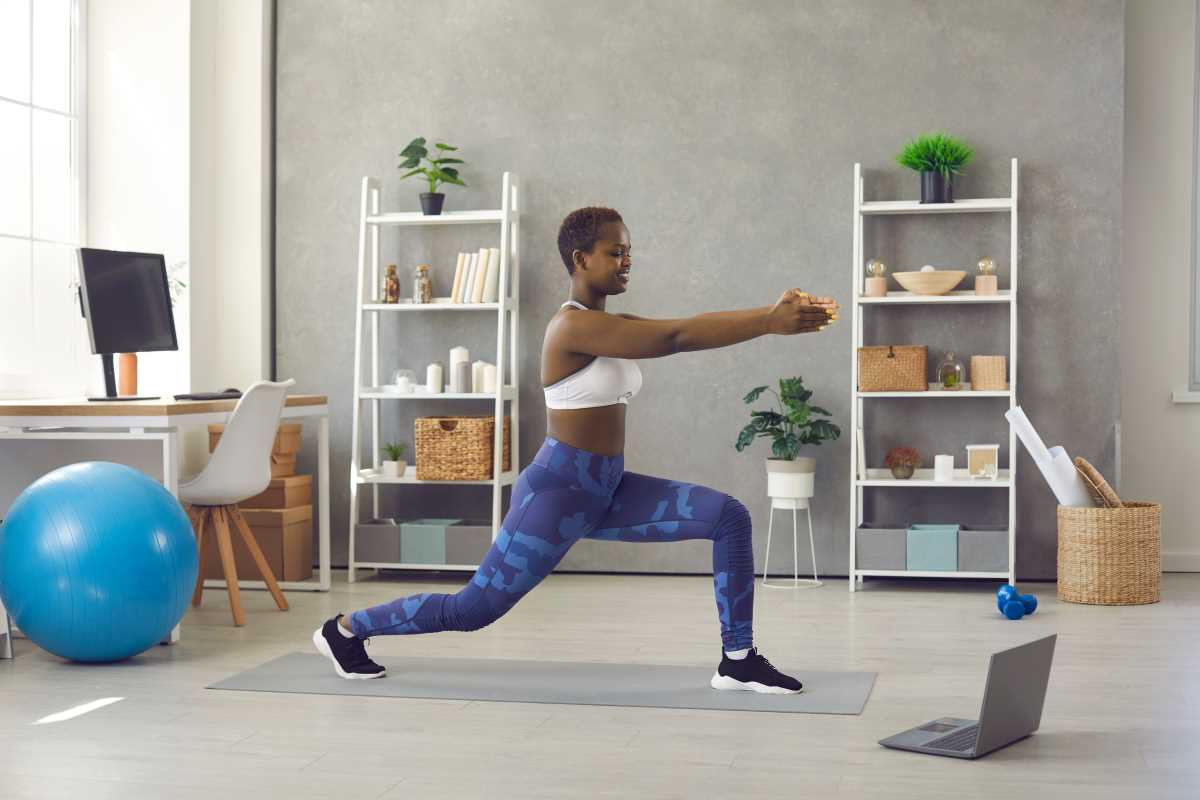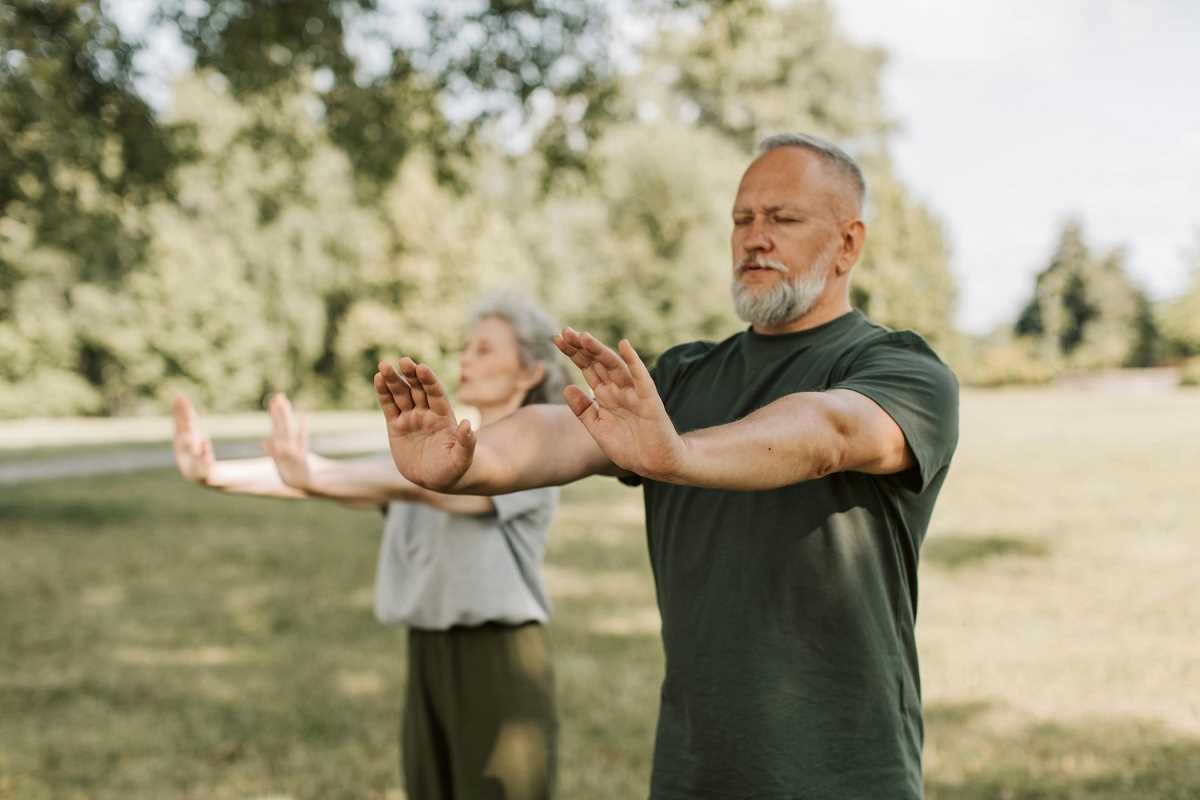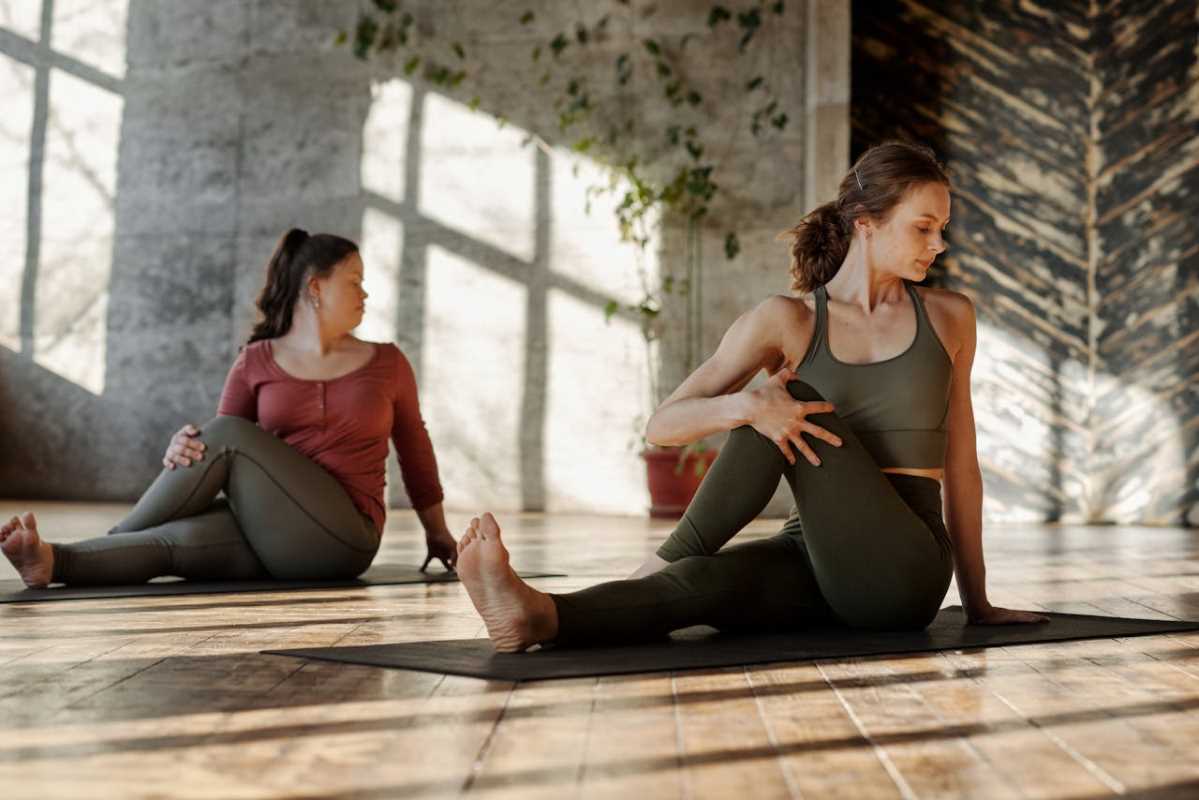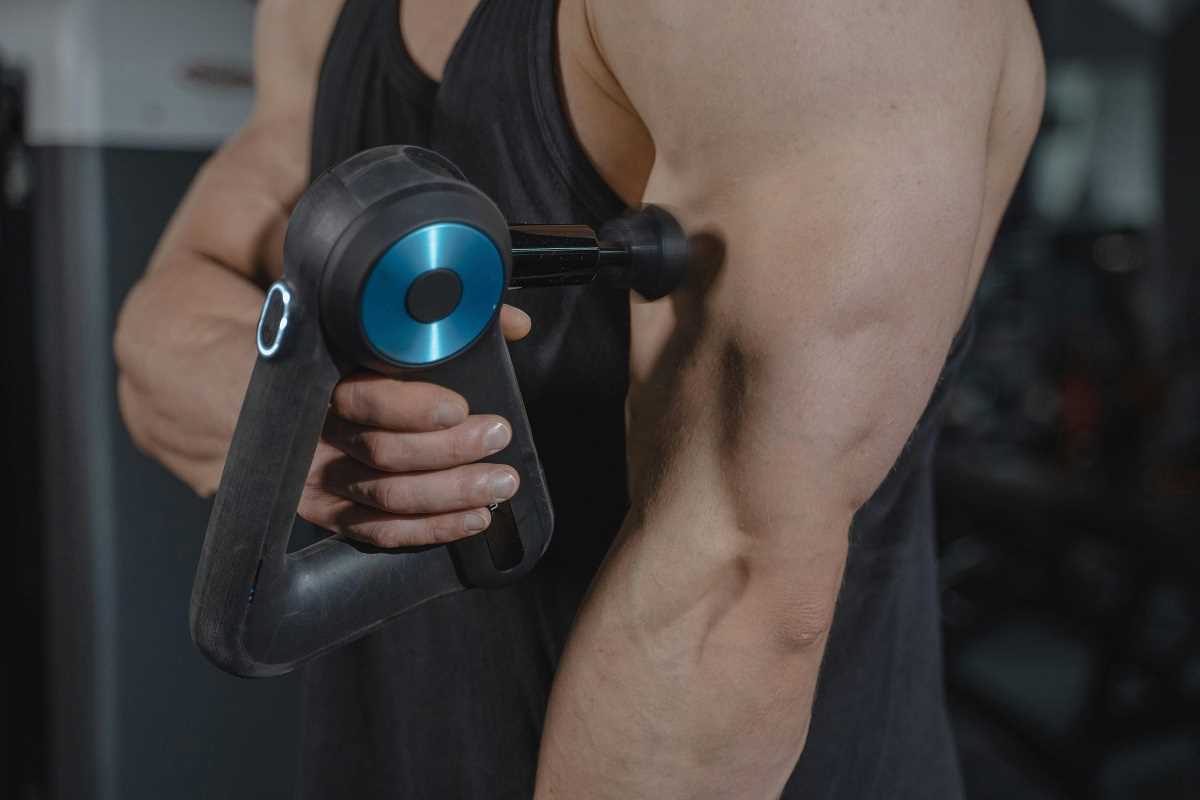The idea of having your own gym at home is a dream for many fitness enthusiasts. No waiting for machines, your playlist at full volume, and zero commute—it’s a win-win. But with the hefty price tags attached to fancy gym equipment, it’s easy to think building a home gym is only for the elite.
This just in: that’s totally not the case. You can craft an effective, quality workout space on a budget without sacrificing performance or durability. With that said, here’s how to create your dream at-home gym without draining your bank account.
1. Set Your Fitness Goals First
Before you start adding every piece of gym equipment to your cart, pump the brakes. What are your fitness goals? Are you looking to build muscle, increase endurance, improve flexibility, or all of the above? Knowing this will help you prioritize what you actually need versus what looks cool but might end up collecting dust in the corner.
Goals and Equipment to Match
- Strength Training: Focus on weights like dumbbells, resistance bands, or even a barbell set.
- Cardio: A jump rope or a secondhand spin bike.
- Flexibility & Mobility: Yoga mats and foam rollers are your best bet.
By focusing on what aligns with your fitness goals, you’ll save money by avoiding unnecessary purchases.
2. Stick to the Basics
When creating a gym on a budget, less is more. You don’t need an entire room packed with equipment to get in a great workout. Start with versatile foundational items that can cover multiple exercises.
Must-Have Equipment for Any Home Gym
- Pair of Dumbbells or Adjustable Weights: Go for dumbbells with adjustable plates if you want to save space and budget.
- Resistance Bands: Affordable, portable, and surprisingly versatile for strength and mobility work.
- Yoga Mat: A good mat adds comfort for everything from core work to stretching.
- Jump Rope: An underrated tool for cardio that costs under $20.
- Stability Ball: Great for core exercises and doubling as a bench replacement.
These essentials are enough to get you started and can be adapted to fit a wide range of workouts.
3. Shop Secondhand and Hunt for Deals
Gym equipment doesn’t have to be shiny and brand-new to work like a charm. Shopping secondhand or finding refurbished deals can save you a ton.
Where to Find Affordable Equipment
- Facebook Marketplace or Craigslist: People often sell equipment for a fraction of the cost when they move or upgrade their own gym setups.
- Garage Sales or Thrift Stores: You’d be surprised what you can snag for a couple of bucks.
- Refurbished Options: Some fitness brands sell certified pre-owned equipment with warranties.
- Clearance Sales: Keep an eye on end-of-year or seasonal sales from big retailers.
Pro Tip: Don’t forget about retailers like Walmart or Target. They often have budget-friendly versions of workout basics like kettlebells, resistance bands, and mats.
4. DIY When You Can
Get creative with what you have at home! DIY gym equipment is often just as effective and costs (wait for it...) next to nothing.
Easy DIY Gym Ideas
- Make Your Own Weights: Fill large water bottles or milk jugs with sand, water, or rice.
- Use a Towel for Resistance: A simple towel can be used for hamstring slides or upper body resistance pulls.
- Step Platform: A sturdy chair or a stack of old books taped together can substitute for a step-up platform.
- Wall Space: Your wall is a free tool for bodyweight exercises like wall sits or handstand push-ups.
These innovations might seem basic, but they’re surprisingly effective. Plus, they’re awesome for beginners who are easing into fitness at home.
5. Think Multipurpose
One of the best ways to maximize your budget is to focus on equipment that can do double (or triple!) duty.
Great Multipurpose Gear
- Adjustable Bench: Use it for strength exercises, step-ups, or even stretching.
- Pull-Up Bar: Beyond just pull-ups, many come with options for ab strap additions or resistance band attachments.
- Kettlebell: Swing it, squat with it, press it overhead, or use it for core exercises. A single kettlebell can work your whole body.
- Resistance Bands with Handles: These work for strength training and are easy to anchor to doors for extra versatility.
Investing in equipment that can serve multiple purposes means you need fewer items and save both money and space.
6. Use Free Resources for Workouts
While it can be tempting to buy into every fitness app or program with promises of gains and results, you don’t have to spend a dime on workout programs. There are tons of free resources that can guide you, regardless of your fitness level.
Free Workout Options
- YouTube Channels like FitnessBlender, Yoga with Adriene, or HASfit.
- Fitness Apps with Free Versions, like Nike Training Club or MyFitnessPal.
- Instagram Workouts from certified trainers who share routines designed for home setups.
With endless free videos and plans available, your workouts can be guided and varied without spending extra on coaching or apps.
7. Don’t Sacrifice Quality
While sticking to your budget is key, buying cheap, low-quality equipment can end up costing you more in the long run if it breaks or isn’t safe. Invest in equipment that’s durable and well-reviewed—even if it means saving up for one piece at a time.
What to Look For in Equipment
- Sturdy Materials: Look for steel or durable rubber when buying weights or benches.
- Grip and Comfort: Test dumbbells, bands, and mats for comfort and usability.
- Brand Reputation: While splurging isn’t needed, opting for trusted brands ensures quality.
Pro Tip: Save big-ticket items like treadmills or rowers for when you’re ready to invest and know they’ll get consistent use.
8. Make It a Space You Love
Your home gym doesn’t need to feel sterile or boring. A welcoming, comfortable space can actually motivate you to show up.
Budget-Friendly Ways to Personalize
- Add a Mirror: Check your form while working out by hanging up an affordable full-length mirror.
- Use Wall Hooks to store bands, jump ropes, or towels. This keeps your space tidy and inviting.
- Roll Out a Rug over hard floors for softer landings on jump-heavy moves.
- Playlist or Decorations with upbeat posters or speakers for an energizing vibe.
The more your gym feels like your happy place, the more likely you are to use it consistently.
9. Start Small and Build Over Time
There’s no rule saying you need to buy everything all at once. Start with the essentials, and slowly upgrade or add to your gym as your workouts and goals evolve.
Example of a Gradual Build
- Month 1: Dumbbells, mat, jump rope.
- Month 3: Resistance bands, kettlebell.
- Month 6+: Barbell set or cardio machine if needed.
Taking a slow and steady approach ensures you’re making informed decisions and spreading out costs.
Building an at-home gym doesn’t have to mean taking out a second mortgage or sacrificing quality for affordability. With thoughtful planning, creative alternatives, and prioritizing quality essentials, you can create a functional gym space that helps you smash your fitness goals without overspending.
 (Image via
(Image via





